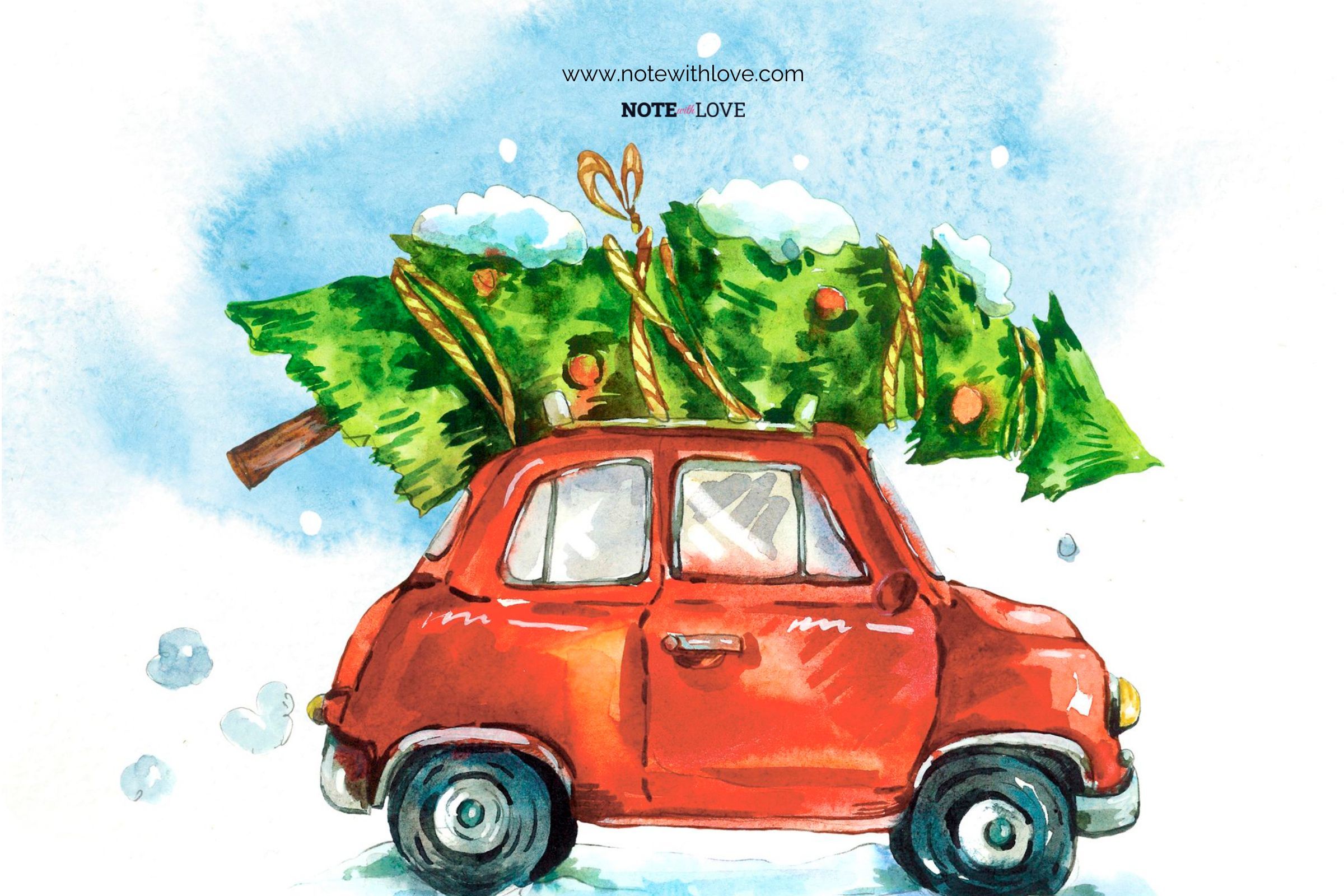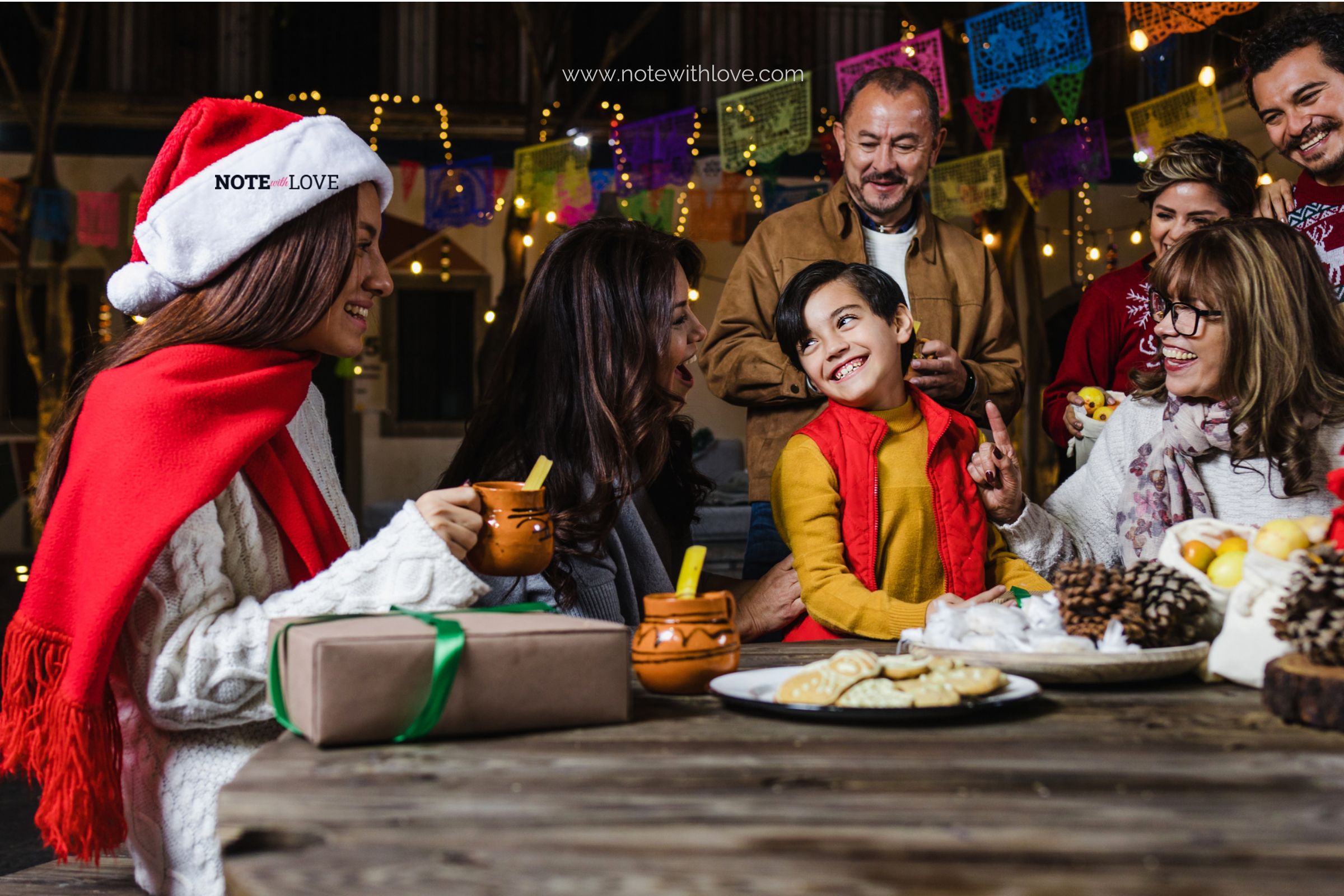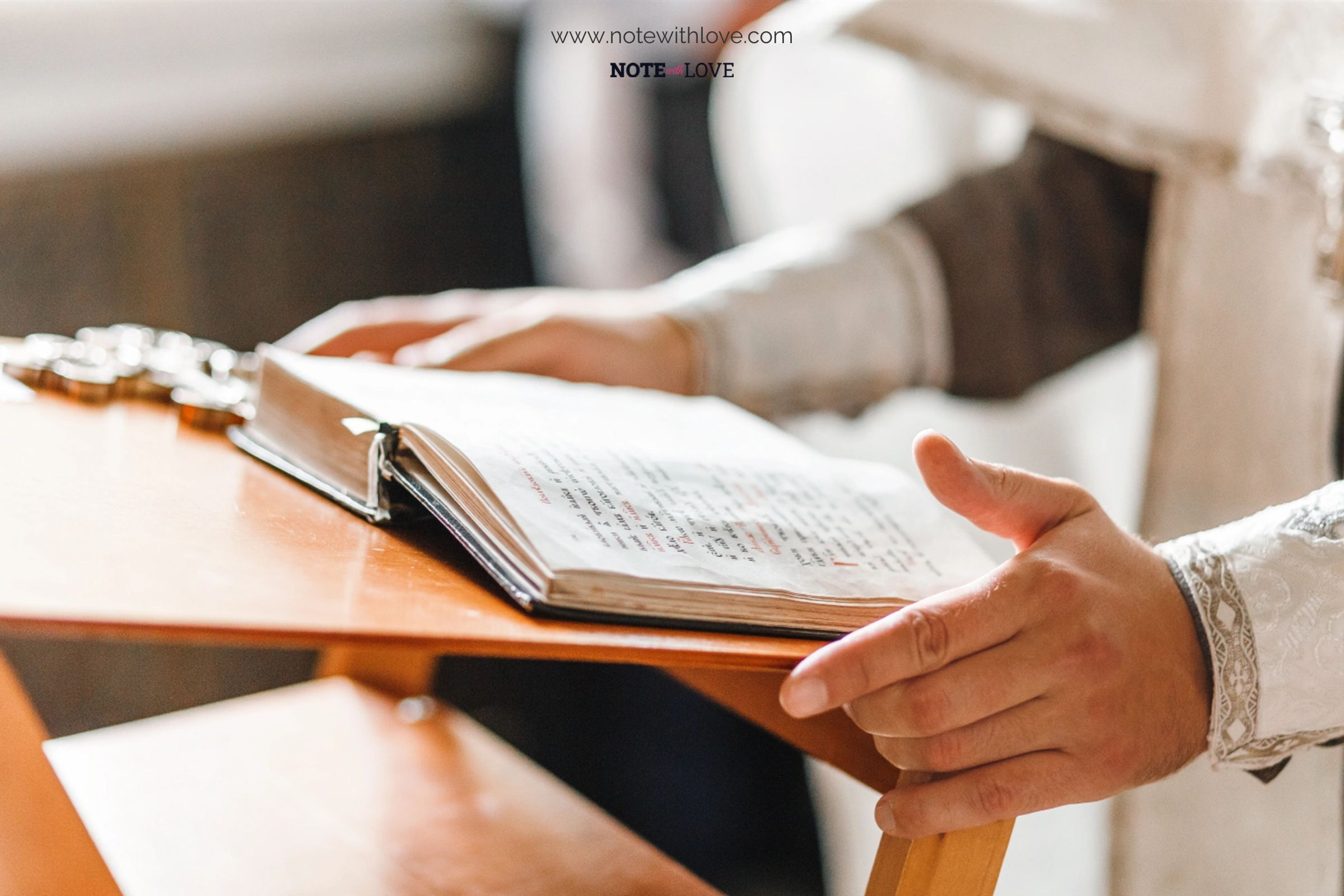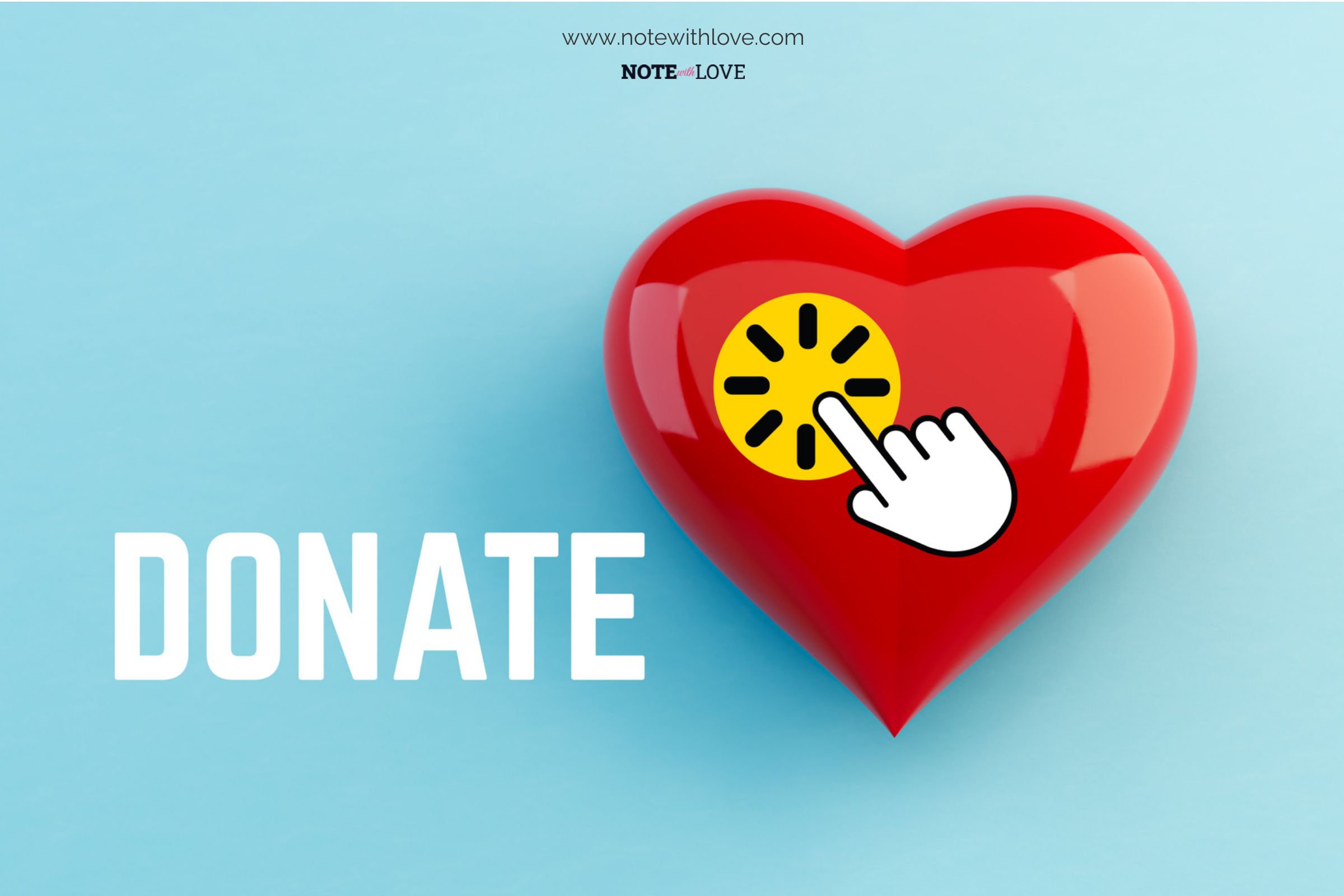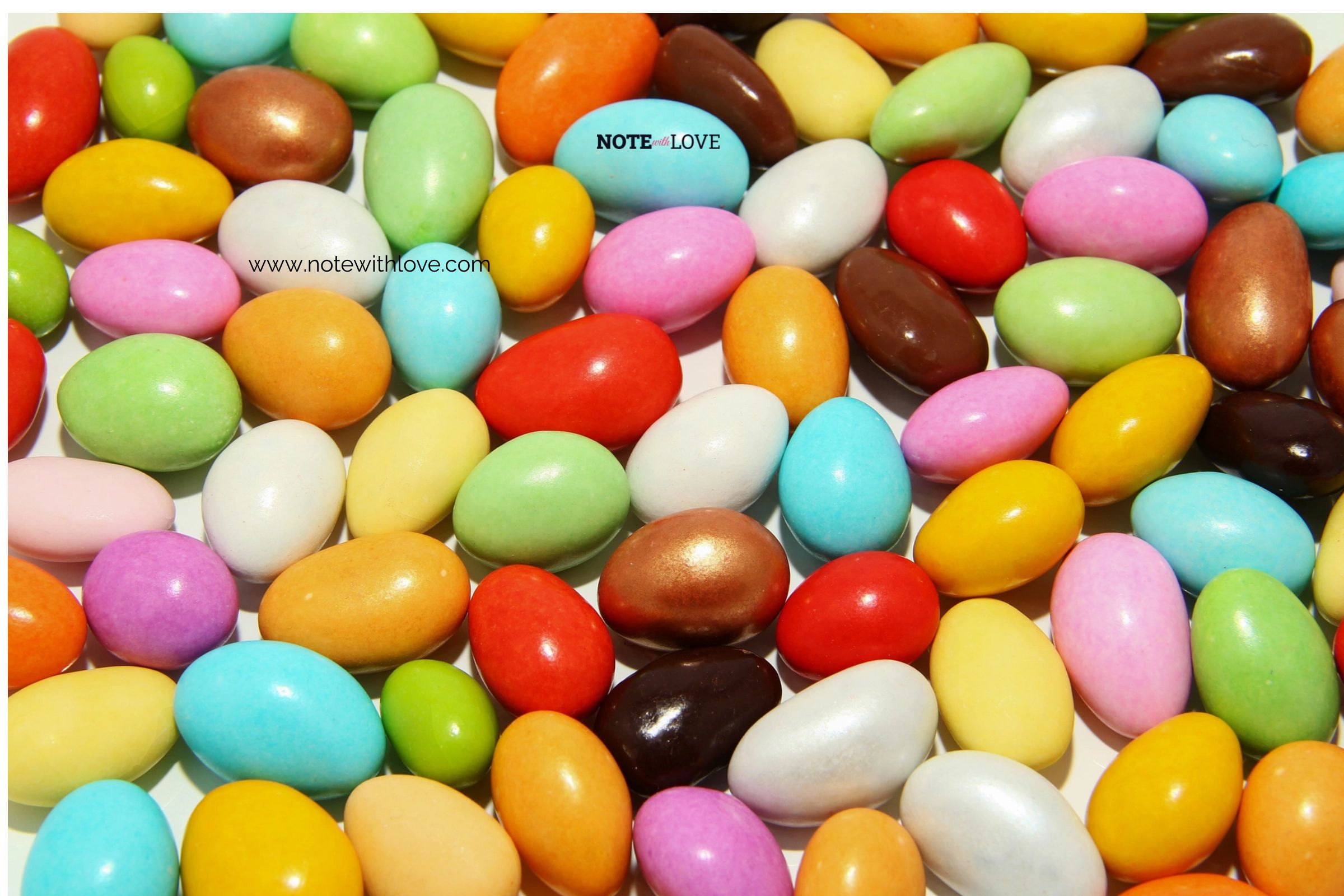Current Month's Events

National Cocoa Day

Christmas Card Day

Christmas Eve

Go Caroling Day

National Roots Day
What Does A Year Mean?
A year can be defined as a period of time encompassing 12 months, 52 weeks or usually 365 days. Well, "usually" because a leap year has an extra day to it. You might be wondering how often leap year comes? Every four years with some exception. That's a lot of days to keep track of! To make our record keeping (!) of days easier, calendars take the center stage. These are, simply said, a table or chart with the dates, months and year written on it.
Calendars can be of many types. But the Gregorian Calendar is the most widely used across the globe today. There are other calendars such as - Julian, Lunar, Lunisolar, Mayan etc. Different cultures use these other different calendars based on cultural, religious, scientific, or practical purposes.
Besides, days and months, a year also brings us 4 seasons - Spring, Summer, Autumn and Winter. Each of these seasons has own distinct character, beauty, and influence on nature and daily life.
Spring usually starts in March. It brings with it new leaves to barren trees, colorful blooming flowers and new life to the nature after the starkness of winter. As nature revives itself, animals also begin their activities anew. Many wakes up from hibernation. Spring is a time of growth and new beginnings. This impacts humans positively. People start getting active in outdoor activities as days start growing longer and warmer.
Summer comes with longer and warmer days. Days are filled with sunlight, energy, and sometimes heatwaves! Vacations, festivals, and outdoor events, and celebrations become popular among everyone. People also enjoy basking in the sun, relax by the beach or take a dive in the lake. Nature becomes more vibrant. Trees are lush, and flowers in full bloom.
Autumn comes after summer with a cooling shift. There's evidently a shift in the nature. Days get shorter. Nature gets a red, and gold color. Trees start shedding leaves. Harvest festivals, cozy sweaters, and spiced drinks become common. Animals begin to prepare for the cold season. Autumn is often associated with reflection and gathering, as people prepare for the colder, quieter months ahead.
Winter sweeps in after autumn. It brings with it crisp air, and a blanket of snow or frost. Nature leaves the golden aura as trees become bare. Many animals go into hibernation during this time. It feels as if the nature pauses its activities for some time. However, snow fall, calmness of the nature and Christmas and other festivals bring a sense of wonder and joy.
Each season can be a reminder of the beauty of life, and nature. And every year has four of them.
Yes, a year is a period in time and brings days, months, and seasons. It is technically correct. But this only partially conveys what a year means in our lives. It is actually a full circle of events, opportunities, festivities, new beginnings and endings. Each day of the year has an event associated with it, sometimes more than one. These events celebrate art, culture, religion, beliefs, hobby, passion, people, community, and so many other aspects of life. While New Year's Day is a celebration of new beginnings, Mother's Day and Father's Day rejoices family ties. Christmas, Easter, Passover, Eid are festivals of people of different religions.
There are so many other lovely events in a year that you would love to observe if you knew about them. Well, even if you knew, keeping up to date with them is a humongous task. That's why we have brought you a calendar that is filled with lists of amazing holidays and events. So that you don't have to miss any one of these. Just click on the day of the year and find out what that day celebrates!








